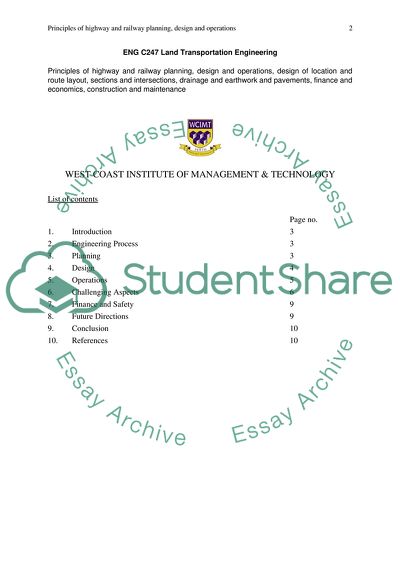Cite this document
(Principles of Highway and Railway Planning Term Paper, n.d.)
Principles of Highway and Railway Planning Term Paper. https://studentshare.org/engineering-and-construction/1740347-eng-c247-land-transportation-engineering
Principles of Highway and Railway Planning Term Paper. https://studentshare.org/engineering-and-construction/1740347-eng-c247-land-transportation-engineering
(Principles of Highway and Railway Planning Term Paper)
Principles of Highway and Railway Planning Term Paper. https://studentshare.org/engineering-and-construction/1740347-eng-c247-land-transportation-engineering.
Principles of Highway and Railway Planning Term Paper. https://studentshare.org/engineering-and-construction/1740347-eng-c247-land-transportation-engineering.
“Principles of Highway and Railway Planning Term Paper”. https://studentshare.org/engineering-and-construction/1740347-eng-c247-land-transportation-engineering.


